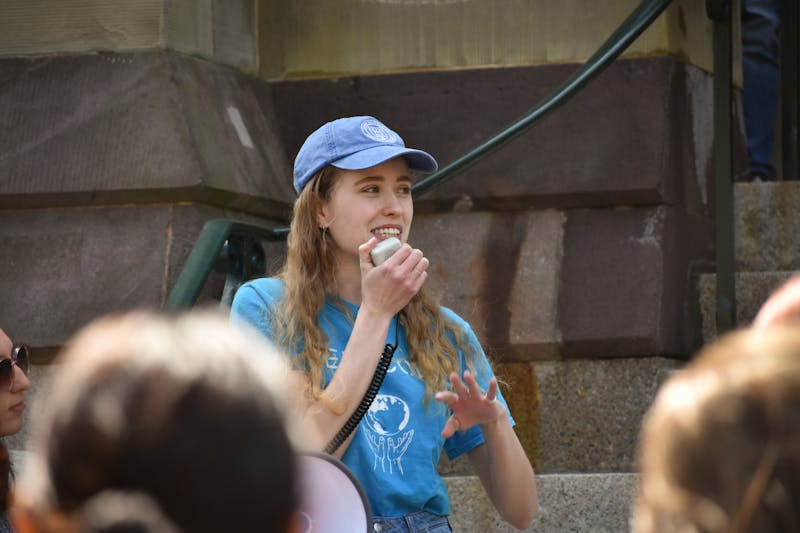The Luquillo Mountains of Puerto Rico may seem too far away from Philadelphia to matter much to Penn.
However, researchers from the University have recently been awarded a $4.35-million grant from the National Science Foundation to establish a Critical Zone Observatory in Puerto Rico.
The observatory is one of six established by the NSF. It aims to examine the implications for the long term sustainability of water and soil resources in the region.
The main researchers involved come not only from Penn, but also from Pennsylvania State University, the University of California at Berkeley, the University of New Hampshire, the University of Puerto Rico, the U.S. Geological Survey and the U.S. Forest Service International Institute of Tropical Forestry.
“The great thing about this project is that it’s so multi-disciplinary,” Alain Plante, assistant professor in the Department of Earth and Environmental Science, said.
“We get to look at this area from all kinds of angles to combine our expertise, which we don’t usually get the opportunity to do,” he added.
Frederick Scatena, professor and chair of the Department of Earth and Environmental Sciences and one of the project’s principal investigators, describes the “Critical Zone” as the outer membrane of the Earth that directly sustains human life, according to the Penn Almanac.
This zone includes everything from the top of the vegetation canopy to the underlying bedrock. It is the location of all the physical, chemical and biological processes that shape the Earth’s surface, as defined in the Almanac.
According to Scatena, who has been doing work in Puerto Rico for 20 years, the idea of the observatories is to study these processes in order to understand their implications for water management.
Plante is using his expertise in soil science to study the two main rock types of the area and understand how they affect soil processes in the rain forest.
James Shanley, who is a researcher at the U.S. Geological Survey in New Hampshire, is looking at the levels of mercury that come in with the rainfall in Luquillo.
According to Shanley, “mercury has been causing concern worldwide, especially where it has been found in animals, including fish, which when eaten, cause neurological damage.”
The scientific mystery of Luquillo, according to Shanley, “is that mercury levels in animals are low, even though levels in the atmosphere are extremely high. I’m trying to answer that question through our work at the observatory.”
Doctoral candidates and undergraduate students will soon be able to apply for summer internships at the Luquillo Critical Zone Observatory.
“What we’re aiming to do is untangle processes for sustainment in Luquillo in the long run,” Scatena said. “This grant is what we needed to be able to have the money to get students involved too and continue our work.”
The Daily Pennsylvanian is an independent, student-run newspaper. Please consider making a donation to support the coverage that shapes the University. Your generosity ensures a future of strong journalism at Penn.
DonatePlease note All comments are eligible for publication in The Daily Pennsylvanian.







